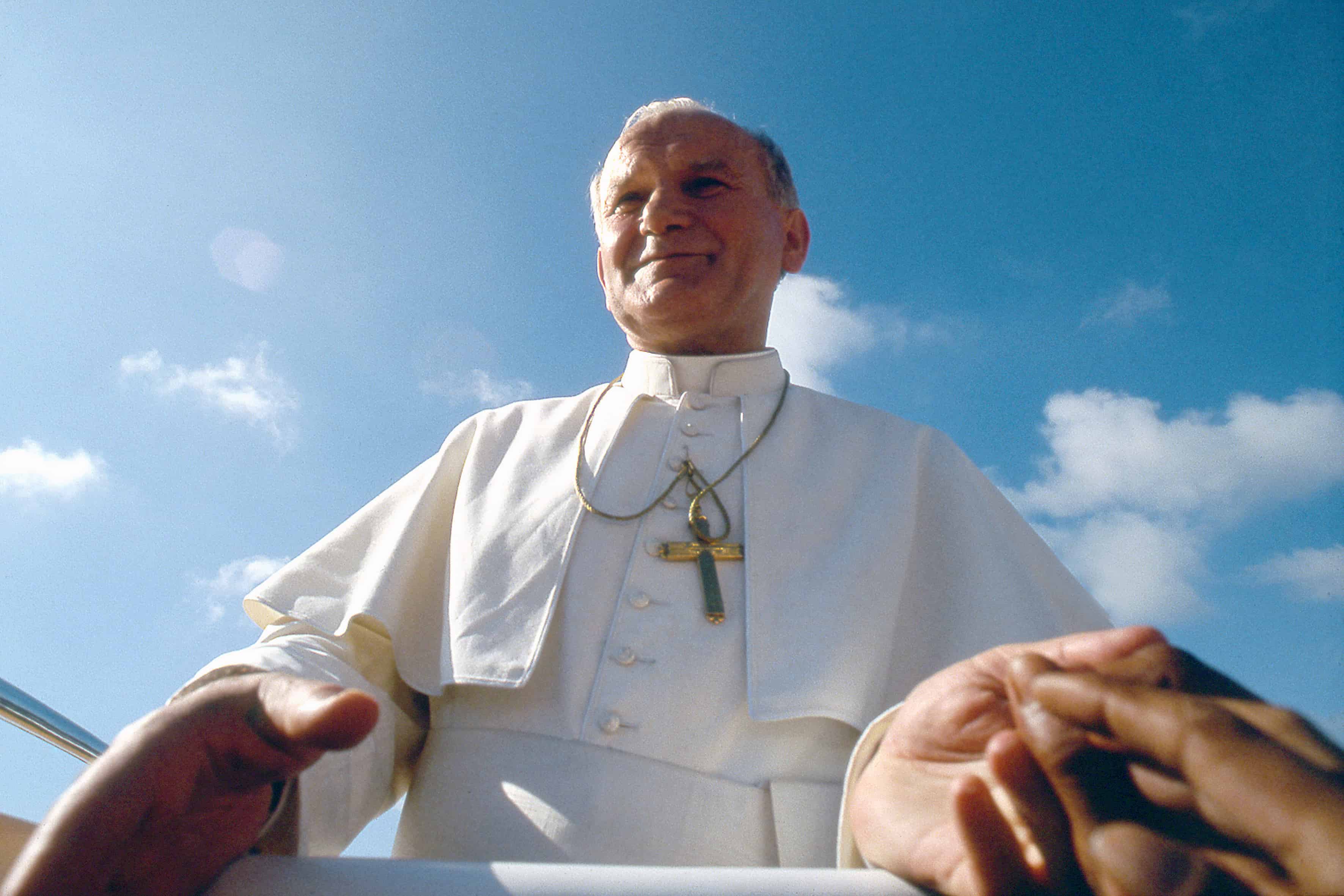Youth from across the world gathered this spring to create a document to help the upcoming Synod on Bishops understand their questions and concerns. Not surprisingly, they wanted “our leaders [to] speak in practical terms about controversial subjects such as homosexuality and gender issues.” They have honestly held questions about how what the Catholic Church has to say about sexuality relates to their own experiences of what it means to be human and to love, as well as the experiences of those around them. Answering those questions means first finding ways to express what the Church is saying, and so projects like St. John Paul II’s “Theology of the Body” and Fr. Thomas Petri’s recent book Aquinas and the Theology of the Body can be helpful.
“Theology of the Body” was a series of weekly talks John Paul II gave starting in 1979. In 130 bite-sized lectures, he discussed sex, gender, marriage, love, and just about everything that goes along with having a body. Since its publication, it has been re-translated, and various Catholic groups and speakers, including Christopher West, Dawn Eden Goldstein, and Jason and Chrystalina Evert have brought them into the popular sphere.
What Fr. Petri seeks to do with his own book is to get us thinking more critically about what John Paul II was trying to do with his Theology of the Body. In particular, Fr. Petri looks at how John Paul II was bringing Catholic thought, especially the thought of Thomas Aquinas, into conversation with our experiences today as he presented the Church’s views on what it means to be embodied. As Fr. Petri notes, John Paul II drew greatly upon St. Thomas while “searching for a way to move beyond Thomistic philosophy and theology in order to include human experience as a theological category” (p. 6).
John Paul II’s inclusion of human experience, and Fr. Petri’s highlighting experience as a theological category, is a large part of what makes John Paul II’s lectures and Fr. Petri’s current book so valuable to the current conversation about sexual morality. The Pre-Synodal document noted that some people “perceive [Jesus] as distant from the human experience, which for them is a distance perpetuated by the Church.” If we are able to help people see the Church present to human experiences in this area, that could go a long way in healing the perception of distance in general.
In the first major chapter, Fr. Petri gives a history of Catholic moral theology from Thomas to Vatican II. He notes that a major problem was that moral theology tended to get reduced to what priests needed to know in order to hear confessions. This isolated morality from a larger vision of creation or the spiritual life, and made morality seem like a set of arbitrary, external rules.
By the late 1960s, this feeling of arbitrariness exploded with a series of fights over Catholic morality that are still playing out today. Karol Wojtyła (the future John Paul II) decided to go back to Aquinas, who did want to keep morality in touch with a larger cosmic vision, while also drawing upon a new philosophy called Phenomenology, which seeks to take seriously the experiences of individual persons. By uniting the objective vision of Thomas with the subjective emphasis of Phenomenology, John Paul II sought a new way forward in presenting Catholic morality, one that could speak to people of today.
In the last few chapters, Fr. Petri then goes in for a closer look at Aquinas’s vision, first of what it means to be human, then his views on love, then his views on marriage. For both Aquinas and John Paul II, marriage and sexuality are never just isolated realities, but always part of the larger picture of what it means to be human. Fr. Petri is sensitive to this, and likewise is careful to keep the discussion situated in a larger context. Moreover, Fr. Petri shows how Aquinas’s own thoughts matured over time, especially as the concept of friendship enters more and more explicitly into his writings on marriage.
Overall, Fr. Petri has made a fine contribution both to the study of John Paul II and Thomas Aquinas. He has a clear and efficient style of writing that makes his book accessible to anyone interested, while having enough depth and substance to be of interest to specialists. Perhaps most importantly, Fr. Petri (following John Paul II) sees a place for people’s experiences and makes Catholic morality seem like much more than arbitrary rules. Young people around the world have questions about Catholicism, and are unsure of how it can speak to their own experiences. Fr. Petri shows in his book that the path John Paul II charted with his Theology of the Body may be a way forward in helping speak to these questions.


